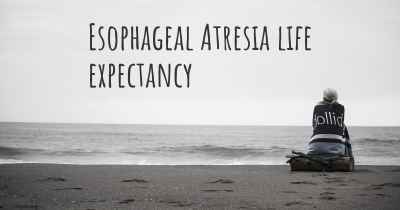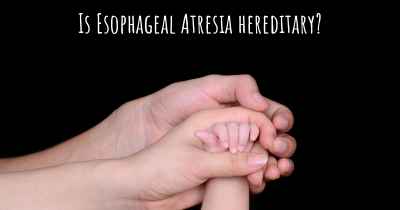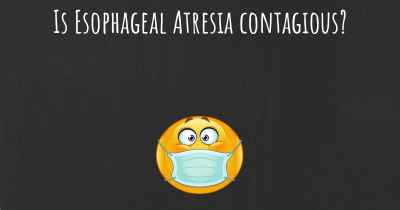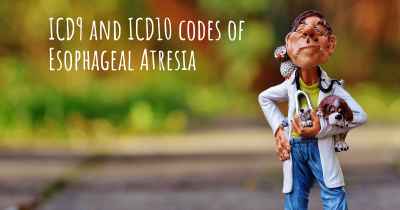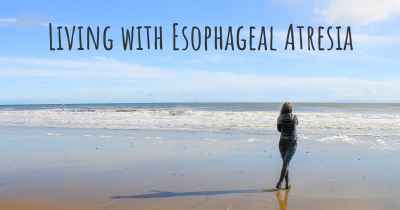How is Esophageal Atresia diagnosed?
See how Esophageal Atresia is diagnosed. Which specialists are essential to meet, what tests are needed and other useful information for the diagnosis of Esophageal Atresia
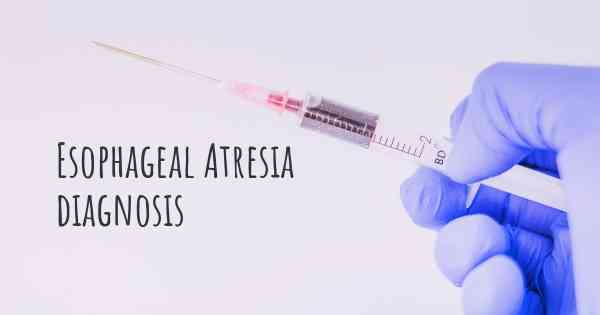
Esophageal atresia is a congenital condition where the esophagus, the tube that connects the mouth to the stomach, does not develop properly. This results in a gap or blockage in the esophagus, preventing food and fluids from reaching the stomach. Diagnosing esophageal atresia is crucial for timely intervention and management of the condition.
Physical Examination:
During a physical examination, a healthcare provider may observe certain signs that could indicate the presence of esophageal atresia. These signs include excessive drooling, coughing, choking, and difficulty swallowing. Additionally, the absence of a feeding tube in the stomach or the presence of an abnormal air bubble in the stomach on an X-ray may raise suspicion of esophageal atresia.
Imaging Studies:
Imaging studies play a crucial role in diagnosing esophageal atresia. The most commonly used imaging technique is an X-ray, which helps visualize the esophagus and identify any abnormalities. A contrast study, known as an esophagram or barium swallow, is often performed to obtain more detailed information. In this procedure, the baby swallows a liquid containing barium, which coats the esophagus and allows for better visualization on X-ray images. If there is a gap or blockage in the esophagus, it will be clearly visible on the X-ray.
Confirmation:
Once the initial suspicion of esophageal atresia is raised based on physical examination and imaging studies, further confirmation is required. This is typically done through a procedure called a bronchoscopy. During a bronchoscopy, a thin, flexible tube with a camera on the end is inserted through the mouth or nose and into the airways. This allows the healthcare provider to directly visualize the esophagus and confirm the diagnosis of esophageal atresia.
Additional Tests:
In some cases, additional tests may be performed to assess the severity and associated anomalies. These tests may include echocardiography to evaluate the heart, abdominal ultrasound to assess the abdominal organs, and genetic testing to identify any underlying genetic abnormalities.
Team Approach:
Diagnosing esophageal atresia often involves a multidisciplinary team of healthcare professionals, including pediatricians, neonatologists, radiologists, and pediatric surgeons. This collaborative approach ensures accurate diagnosis and appropriate management of the condition.
Conclusion:
Diagnosing esophageal atresia involves a combination of physical examination, imaging studies such as X-rays and contrast studies, confirmation through bronchoscopy, and potentially additional tests to assess associated anomalies. Early diagnosis is crucial for timely intervention and improving outcomes for infants with esophageal atresia.
